 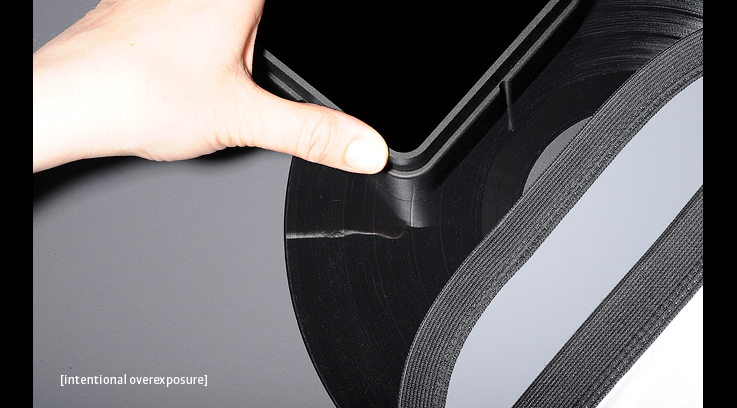 In the last section we introduced the ideal blackbody: a hypothetical device from physics that absorbs all wavelengths of electromagnetic (EM) radiation. Reflecting absolutely no light, an ideal blackbody is blacker than black—really it represents the absence of light altogether. The LessLoss Blackbody is of course a real-world approximation of this ideal. We want to show you how close we’ve come by showing you the extreme amounts of EM radiation our Blackbody can absorb. (The more effective an absorber, the better the device is to clean up stray EM radiation). To show you this, we must first over overcome a few obstacles. Light intensity: too much dynamic rangeLight intensity varies in gigantic proportions. From a single photon to the overwhelming power of radiant sunlight, the magnitude of dynamic range is almost unimaginable. People can adapt to intense changes in light, but only over time. At high noon, we can still discern subtle shades of high mountain snow; at night, we still manage to find our way around by moonlight. Capturing both of these contrasting scenes in a single snapshot is impossible: the dynamic range far exceeds the maximum resolvable dynamic range of any image capturing device. Even if we could capture such data, displaying it on a computer monitor, in print, or on film would be impossible.Our eyes can identify a dynamic range of about 10 to 14 EV (exposure value) in a single scene, or, around 24 EV considering the eye’s ability to adapt. A color photograph may have 6 EV of dynamic range. A cheap 6 bit laptop can only display 64 shades of grey. The vast dynamic range of natural light intensities doesn’t fit into such a limited scale. As mentioned above, even in nature, we need time to adjust to new brightness scales, otherwise we’re effectively blinded for a time. This is what we’re up against. We can’t show the Blackbody’s blackness directly, but we can illustrate it. We must move hidden bits to a comfortable zone, keeping relative proportions intact.  Keep in mind, your monitor provides only very few discreet steps of what in reality represent innumerable shades of light intensity gradations. We have to make it all fit into our monitor’s 8 bit range of light intensity per color channel. (8 bits in binary = a maximum of 256 [from 00000000 to 11111111, which is 0 to 255]). To make sure you see the following data correctly, please make the proper adjustments to your monitor’s brightness and contrast settings so you see eight shades of shadows on the left, and eight shades of highlights on the right in the graphic below. Once you’ve done so, you should be able to see everything we’re showing in the upcoming test.  The magnitude of dynamic range from 0 (pitch-black) to 255 (completely white) is shown below. On some monitors it is impossible to display all shades, so the range isn’t as smooth as it should be. Banding results. If the following two images appear similar, your monitor is struggling.   Remember, this scale represents the viewing equipment’s limitations to depict the data. In reality, there’s much more data in the raw data files. The viewing scale would need to be substantially larger to directly show the depth of blackness reflected by the Blackbody in accurate proportion. 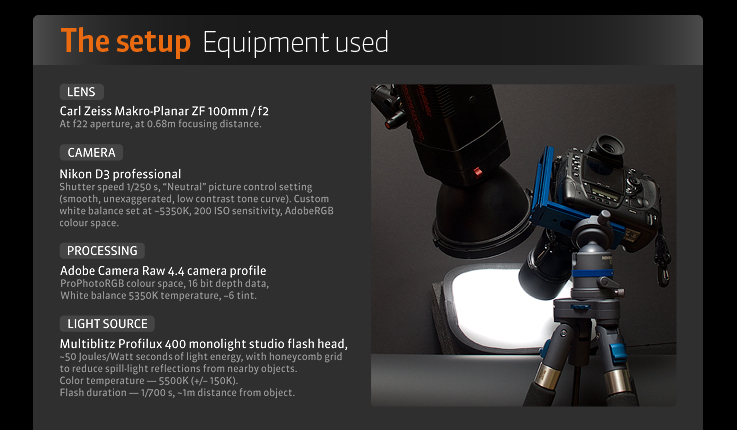  With the given equipment setup, we took carefully controlled photographs of all five test objects. It is common knowledge that one can change the perceived darkness of an object, simply by changing the angle of incidence. At certain angles, a record can appear light grey or even white. So, we chose a particular angle to maximize these objects’ darkness. Also, the Blackbody was positioned well within its 35 degree angle of influence. As for chosen materials, Black Graphite was the darkest paper available from a specialty art store. To go even darker, we chose the darkest portion of a vinyl record: the ‘lead-out’ groove between the final track and the label. The label itself is black. The illustration below shows how intense the flash was when we took these control pictures. Beneath each picture is the corresponding intensity plot for each brightness gradation from 0 to 255. This represents the entire dynamic range we can show on screen. The plots show how much of each gradation each picture represents (i.e., how many pixels of each brightness level are present). 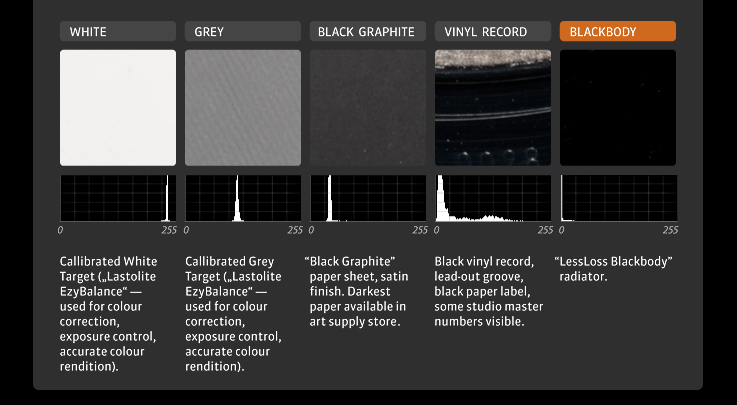 Next, we processed the data by running a digital exposure magnification algorithm set at +4 EV for each photographed object. We did this to simulate having set up 15 additional identical flash sources around the objects, all at the same distance. With this amount of light, some of the photographs would have become overexposed. Notice only the white and grey targets are completely white in appearance, while the blackest of all available papers still has some small traces of data left. The record label’s black paper was also hopelessly overexposed, going over the limits of our dynamic range; but, the Blackbody is still very dark, with only a few visible signs due to imperfections and dust particles. 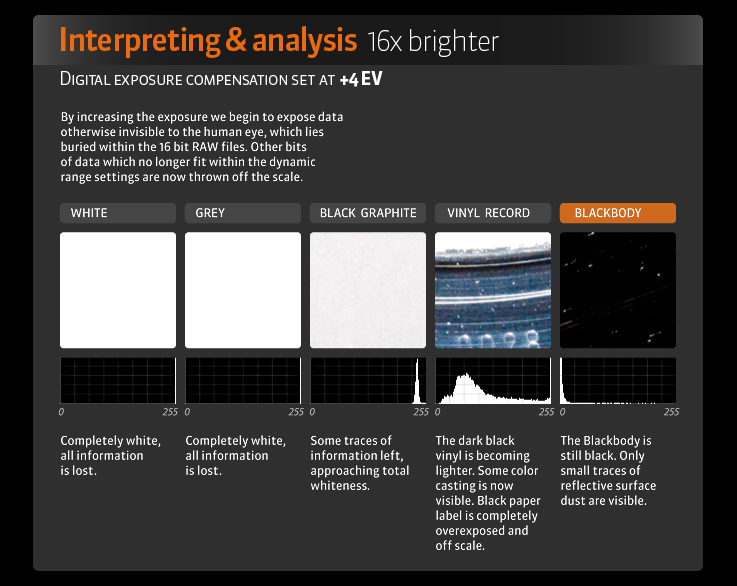 Next, we returned to the original data to raise the virtual light source all the way to 65,536 times brighter. This emulates something like a football stadium of light sources in our studio, all 0.6 meters from the object! If your viewing equipment had no limitations, the paper would be blindingly bright. Notice even the record surface was brighter than our dynamic range allows, and yet, even so, the Blackbody was still essentially black, with only some imperfections scattering light in unpredictable ways. Where, you might ask, was all of this intense light going? It was being absorbed and largely turned into blackbody radiation. 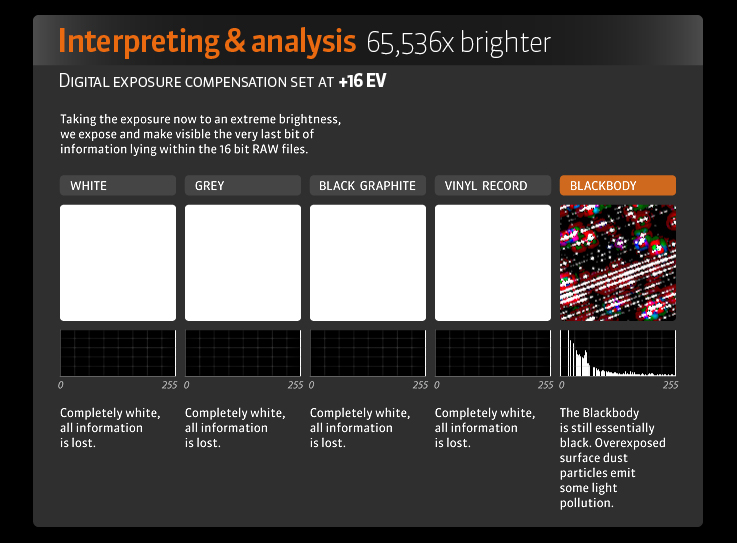  This experiment shows how effectively the Blackbody captures photonic energy, transforming it into blackbody radiation. Although it is not a perfect blackbody, it is close such that the principle of EM absorption is in strong effect. As a proximate object to your gear, the LessLoss Blackbody conditions the “EM ecosystem” in a novel way. Whereas traditional shielding must also influence the shielded electronics via emission of the shield’s own spectral fingerprint, the LessLoss Blackbody functions as a strong absorber of EM radiation and a reflector of blackbody radiation. Because blackbody radiation has virtually no spectral signature at room temperature, it doesn’t cause any sound coloration. Blackbody v.2 explainedContinue here to read our six chapter conjecture on the mental struggle of striving for the best noise floor. |
- Products
- Power Cables
-
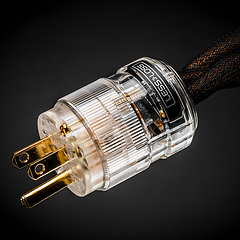 C-MARC™ Prime
The must have foundation for any sound system today.
From
$
486
C-MARC™ Prime
The must have foundation for any sound system today.
From
$
486
-
 C-MARC™ Classic
The unique super-cable power cord everyone's talking about.
From
$
1148
C-MARC™ Classic
The unique super-cable power cord everyone's talking about.
From
$
1148
-
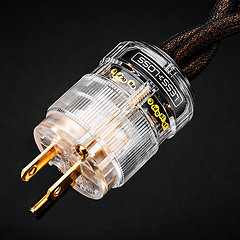 C-MARC™ Classic Entropic Process
The peerless, advanced Classic masterpiece.
From
$
1934
C-MARC™ Classic Entropic Process
The peerless, advanced Classic masterpiece.
From
$
1934
-
 C-MARC™ Stellar Entropic Process
The crown jewel for highest performance power connection.
From
$
2450
C-MARC™ Stellar Entropic Process
The crown jewel for highest performance power connection.
From
$
2450
-
- Loudspeaker Cables
- Interconnect Cables
-
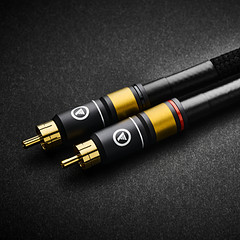 RCA C-MARC™
Cotton-clad true Litz • Whopping 2.3mm2 polarities
From
$
850
RCA C-MARC™
Cotton-clad true Litz • Whopping 2.3mm2 polarities
From
$
850
-
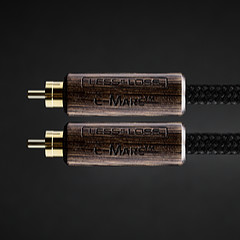 RCA C-MARC™ Entropic Process
Our finest RCA cable • Polished Wenge barrels
From
$
1428
RCA C-MARC™ Entropic Process
Our finest RCA cable • Polished Wenge barrels
From
$
1428
-
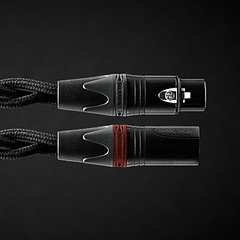 XLR C-MARC™
A hand-braided cotton-clad unique Litz construction
From
$
950
XLR C-MARC™
A hand-braided cotton-clad unique Litz construction
From
$
950
-
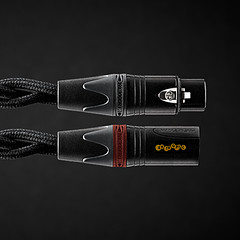 XLR C-MARC™ Entropic Process
Stratospheric performance for the audio connoisseur
From
$
1615
XLR C-MARC™ Entropic Process
Stratospheric performance for the audio connoisseur
From
$
1615
-
- Digital Cables
-
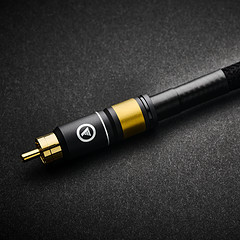 RCA Digital C-MARC™
Cotton-clad unique Litz design • Made only by LessLoss
From
$
510
RCA Digital C-MARC™
Cotton-clad unique Litz design • Made only by LessLoss
From
$
510
-
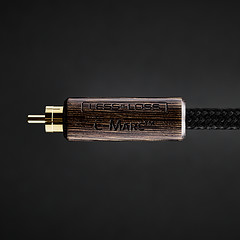 RCA Digital C-MARC™ Entropic Process
Possibly the most subtle digital cable on the planet
From
$
858
RCA Digital C-MARC™ Entropic Process
Possibly the most subtle digital cable on the planet
From
$
858
-
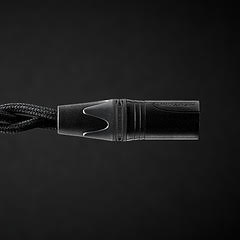 XLR Digital C-MARC™
Featuring a whopping 3 x 2.3mm2 Litz construction
From
$
570
XLR Digital C-MARC™
Featuring a whopping 3 x 2.3mm2 Litz construction
From
$
570
-
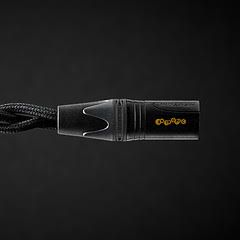 XLR Digital C-MARC™ Entropic Process
Stratospheric performance for the audio connoisseur
From
$
969
XLR Digital C-MARC™ Entropic Process
Stratospheric performance for the audio connoisseur
From
$
969
-
- Grounding Cables
- Bulk Wire and Cable
- Signal Conditioners
-
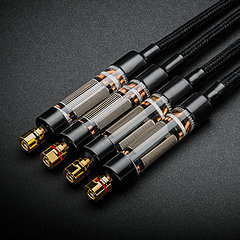 Firewall for Loudspeakers
Firewall for Loudspeakers
C-MARC™ Plug-and-Play Speaker signal conditioning like you've never imagined From $ 1656 -
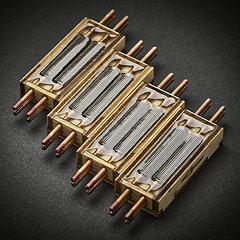 Firewall for Loudspeakers
Firewall for Loudspeakers
DIY version for Self-Installation For the Do-It-Yourself project enthusiast • Solder yourself From $ 800 -
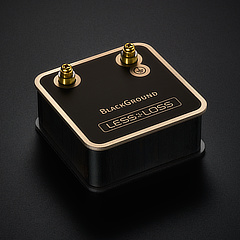 BlackGround DIY
Voltage-ground interface for a variety of applications
From
$
446
BlackGround DIY
Voltage-ground interface for a variety of applications
From
$
446
-
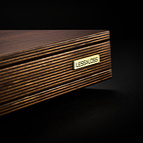 BlackGround 8x/10x Speaker Base
Plug-and-play loudspeaker signal conditioner
From
$
3096
BlackGround 8x/10x Speaker Base
Plug-and-play loudspeaker signal conditioner
From
$
3096
-
- Power Conditioners
-
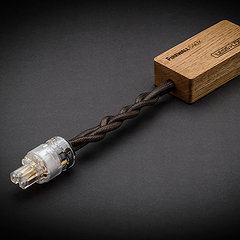 Firewall 640x
Plug-and-play solution for any powered gear
Firewall 640x
Plug-and-play solution for any powered gear
C-MARC™ Entropic Process and standard lead versions From $ 654 -
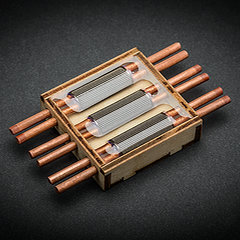 Firewall 640x DIY for Self-Installation
Self-solder and save!
From
$
320
Firewall 640x DIY for Self-Installation
Self-solder and save!
From
$
320
-
 BlackGround DIY
Voltage-ground interface for a variety of applications
From
$
446
BlackGround DIY
Voltage-ground interface for a variety of applications
From
$
446
-
 BlackGround 6x/10x Power Base
Plug-and-play power conditioner
From
$
2350
BlackGround 6x/10x Power Base
Plug-and-play power conditioner
From
$
2350
-
- Power Distributors
- Equipment Feet
- Field Conditioner
- DACs
- Power Cables
- Reviews
- This is definitely the cable to go for. It will almost literally blow your mind. – March 2012, Puresound Magazine
-
I was intrigued by the unanimously positive reviews garnered by these products ...
– by user Raymond Eye
Leaves you speechless
Sensational cables
BEST purchase I've made
Top notch performance
It's a steal
Musical... liquid... 3D
It's not subtle
More than an upgrade
Best I've heard so far
Stellar service
Sounds like a new system
Much more lifelike
Emotional flow
Overwhelming results
More dimensional
Sound is transformative
We were all astounded
Transformed my listening
Sounds so cohesive
Emotionally engaging
- Where to Start
- Free Newsletter
- Newsletter Archive
- B-Stock Alerts
- Shopping Tools
-
Shipping
- Free Shipping Learn about our international shipping policy
-
Return Options
Our satisfaction guarantee
and return policy -
Customs / Tax
UPS expedites local
customs clearance
-
Transaction
- Conditions of Sale Agreement for a smooth business transaction
- Privacy Policy We pledge to keep your information private
-
Terms of Use
Business policies
and agreements
-
Account
-
- Contact Us
-
Meet the Designers
-
- Care to share of your personal experience with our products? We'd be happy to post it!
- Want to learn more about our activities? Our Newsletter is both free and spam-free.
hi-res photos, brochures
logos, press releases, and
print-friendly PDF downloads. -
Contact Us
Connect with Us
-
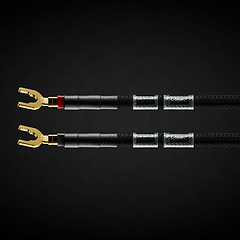
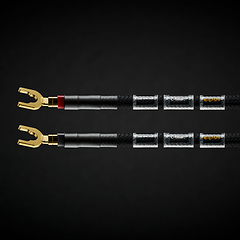
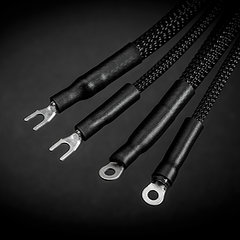
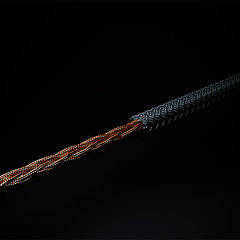
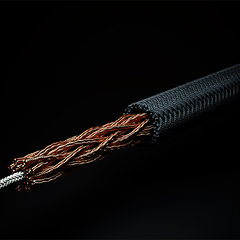
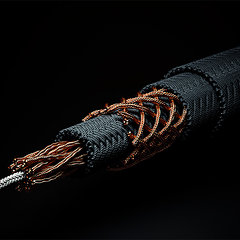
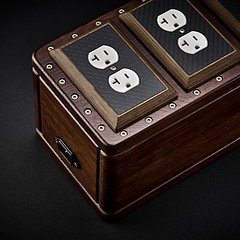
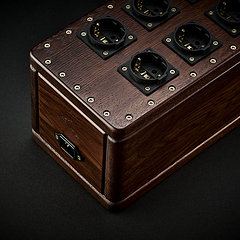

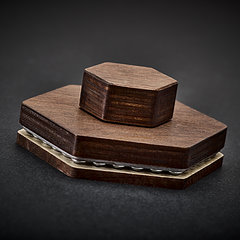
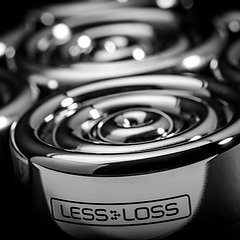
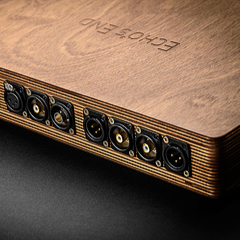
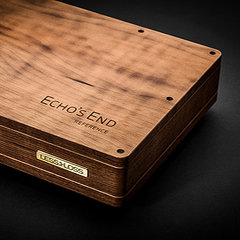
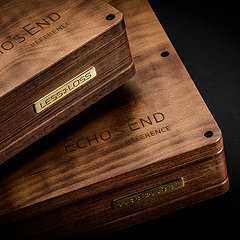
 Beware of Fakes
Beware of Fakes

